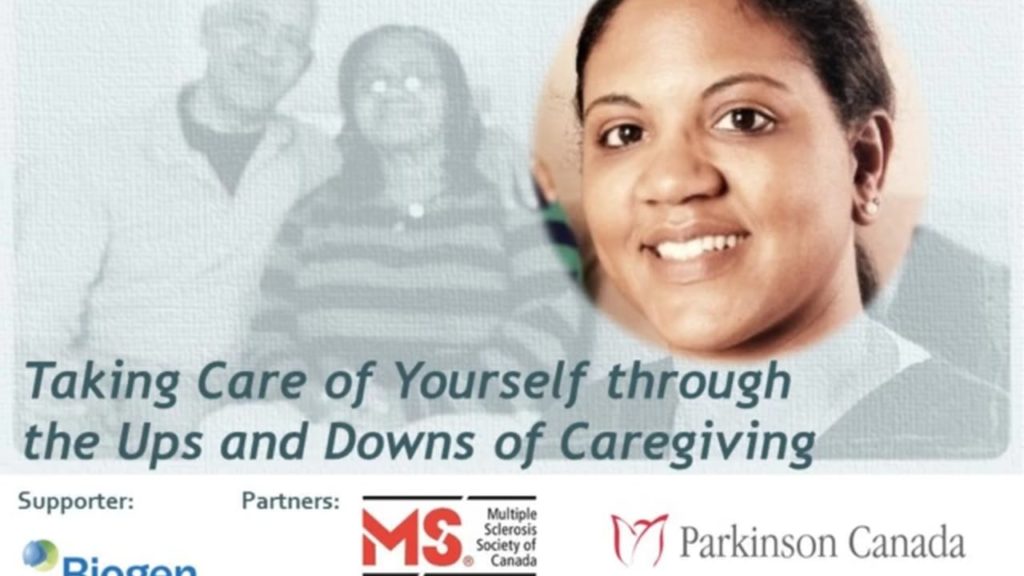The difference between a tantrum and a sensory meltdown?
Pretty much everyone involved with, or part of, the autism community has seen a sensory meltdown of some description. And all parents have seen a tantrum especially during the “terrible 2s”. For a lot of parents and caregivers of younger children on the autism spectrum there is some confusion as to the difference between the two. This is compounded by the fact that a “normal” child’s tantrum can trigger a sensory meltdown in a child on the autism spectrum. (Actually the reason I’m penning this article is that that is exactly what happened to our son John yesterday afternoon).
So I thought I’d take this opportunity to look a few differences between the two. (Between you and me it is worth sharing with those members of your family who look oddly when meltdowns occur. No names no pack drill but we know who we mean!.)
So what is a tantrum?
Well a lot of them can be described as goal orientated. The child (or adult) has an outcome they desire ( but are thwarted in reaching) thus the rage.
You might notice that the tantrum, often, ends quickly and often easily once an outcome has been ascertained.
A lot of people comment that a tantrum is a two way thing. In the sense the child is keeping an eye on the parent or caregiver to find out how they are re-acting.
Most children having any kind of tantrum still try and avoid getting hurt.
Do be aware that kids on the autism spectrum can have tantrums rather than meltdowns so do look for the signs.
And a Meltdown?
We sensory meltdowns are cause by just that sensory overload. Now, of course, if a person is tired then this increases the chance of a meltdown.
Crucially the difference is that the person having the meltdown leaves their own zone of security. The key point is that they are not interested in the reactions of those around them. This can lead to safety issues because they can endanger themselves physically.
One of the key issues is an inability to communicate effectively. As the meltdown is not goal orientated it is often hard to find a way to calm the situation.
Finally just because the problem has been resolved does not, necessarily, mean the situation follows suit. One can still have huge residual problems.
How to cope with a meltdown?
When we started the blog this was one of the biggest issues for my wife in caring for a child on the autism spectrum. So I ran a blog asking my readers for their tips and ideas. You can read the results here.
If you have any tips about meltdowns and tantrums please do feel free to share in the comments section below.
And remember you are not a bad parent! Always!
| patienttalk patienttalk.org |
EvanRaymond Thanks – great insight |
| EvanRaymond | I dont describe it in emotional terms. the nervous system is shutting down. the experience is terrifying. but the root of the experience is a breakdown in the function of the nervous system. autistic nerves get too.much stimuli ans then they just shut off. close their doors.and say. sorry. had enough. |
| patienttalk patienttalk.org |
rainbowsaretoo Thanks this is so useful |
| rainbowsaretoo | And not all meltdowns are sensory. It’s a complete loss of ability to cope. http://www.rainbowsaretoobeautiful.com/2016/06/autism-parenting-heart-ache-of-one-shoe.html |
EvanRaymond
I dont describe it in emotional terms. the nervous system is shutting down. the experience is terrifying. but the root of the experience is a breakdown in the function of the nervous system. autistic nerves get too.much stimuli ans then they just shut off. close their doors.and say. sorry. had enough.
rainbowsaretoo
And not all meltdowns are sensory. It’s a complete loss of ability to cope. http://www.rainbowsaretoobeautiful.com/2016/06/autism-parenting-heart-ache-of-one-shoe.html




